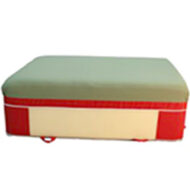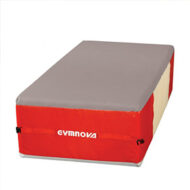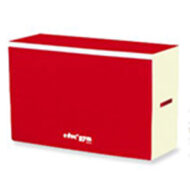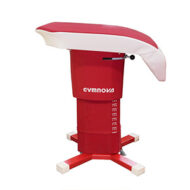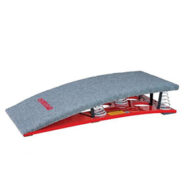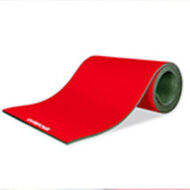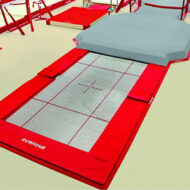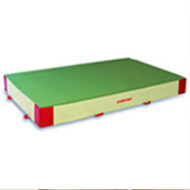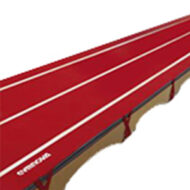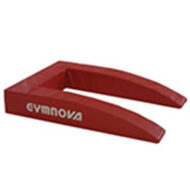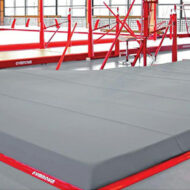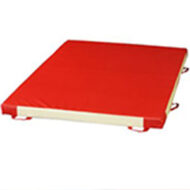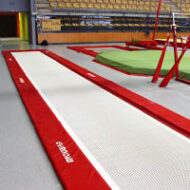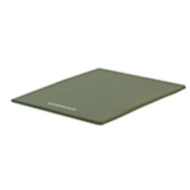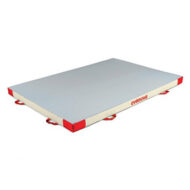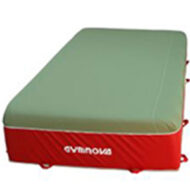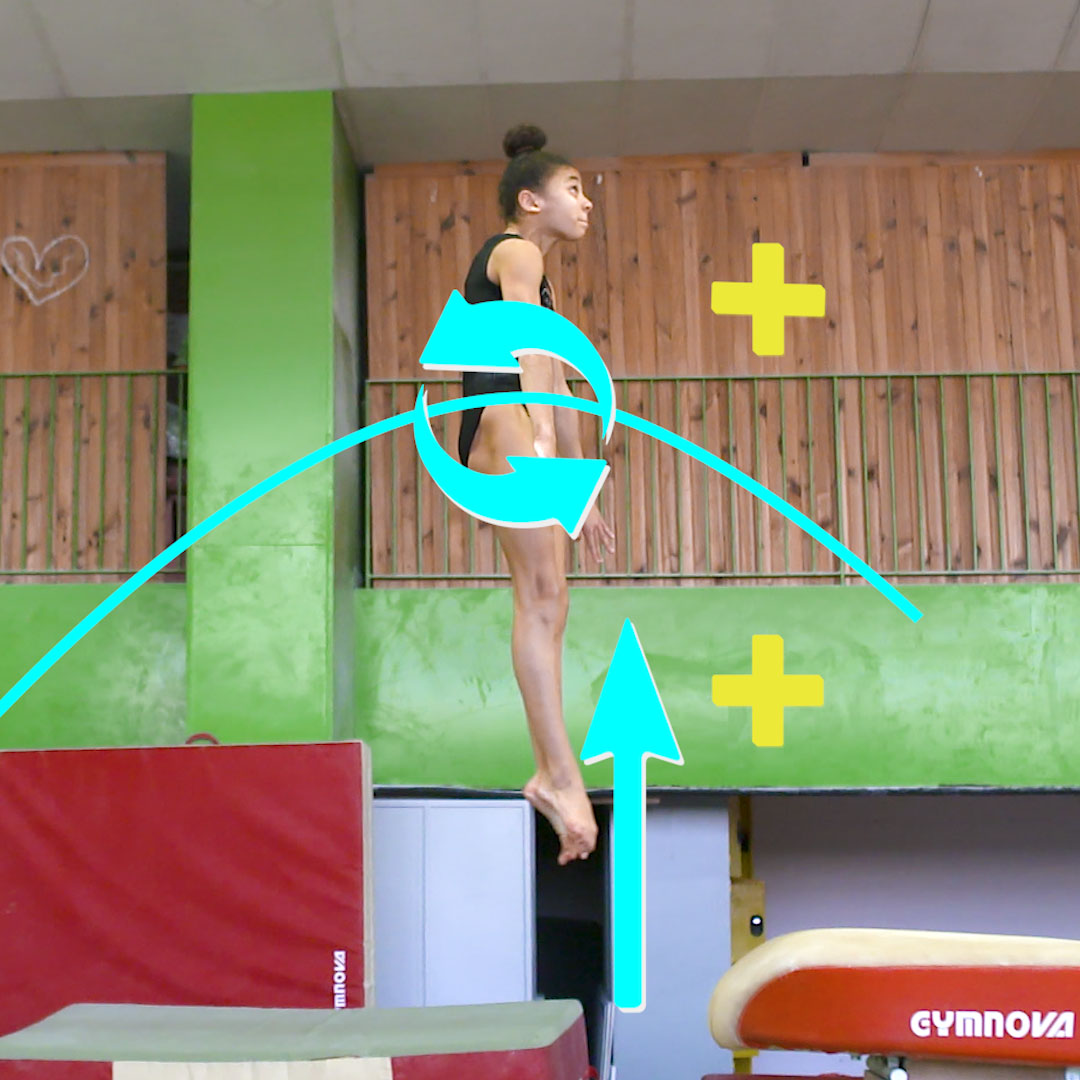Yurchenko straight
How to teach Yurchenko straight



Angelo Ritorto
Yurchenko straight
How to teach Yurchenko straight
description
In this training course, you'll discover all of the secrets of the Yurchenko straight on vault.
This course – covering both technique and teaching methodology – is part of a series of 4 training courses that will enable you to teach a Yurchenko full twist to your gymnasts.
In the first training course, on Yurchenko tuck half-twist, you learned how to initiate a longitudinal twist effectively during the second flight phase.
In the second installment, we'll be looking at methods to rotate with a straight body after the arm take-off and, in particular, help gymnasts to build solid kinesthetic and visual reference points to be able to evolve toward the twist.
Technical analysis, prerequisites, skill progression – you'll find all information you need on this essential element on vault.
We hope you enjoy the course.
Associated books
Let's Teach artistic gymnastics on Vault - Volume 2
Learn how to teach:
• Handspring front • Tsukahara tuck • Yurchenko •
All the exercises needed to learn these technical elements, from their beginnings to the execution of complete skills
→ 176 exercises - 252 pages - Format 15 x 21 cm -
A note on the series of books, "Let's teach gymnastics":
• Our books are essential companions to the video training on the same topics that you find in the section "Gymnastics Education" here on GymneoTV.
• Their spiral binding and tabbed pages allow you to quickly find the skills you want to look at, and easily locate the drills and training stations.
• The summaries of technique and the large format illustrations made to scale make these books the ideal companions to your training sessions.
Our advice:
• For training session prep: thanks to the technique summary and icons at the top of each page, you can easily find the stations that match the current needs of your gymnasts. You can also anticipate the equipment needs for your upcoming session.
• During training: with the help of realistic images, you can save time by showing your gymnasts the drills to work on. They will also be able to help you set up the training stations and thanks to the illustrations, they'll more easily understand the task at hand.
• You will improve the constant exchange that you have with your athletes. In fact, when giving your instructions, the illustrations create common ground for discussions or reference points. They make it easy to understand and/or visualize technical placements, which makes it much easier to learn the element.
